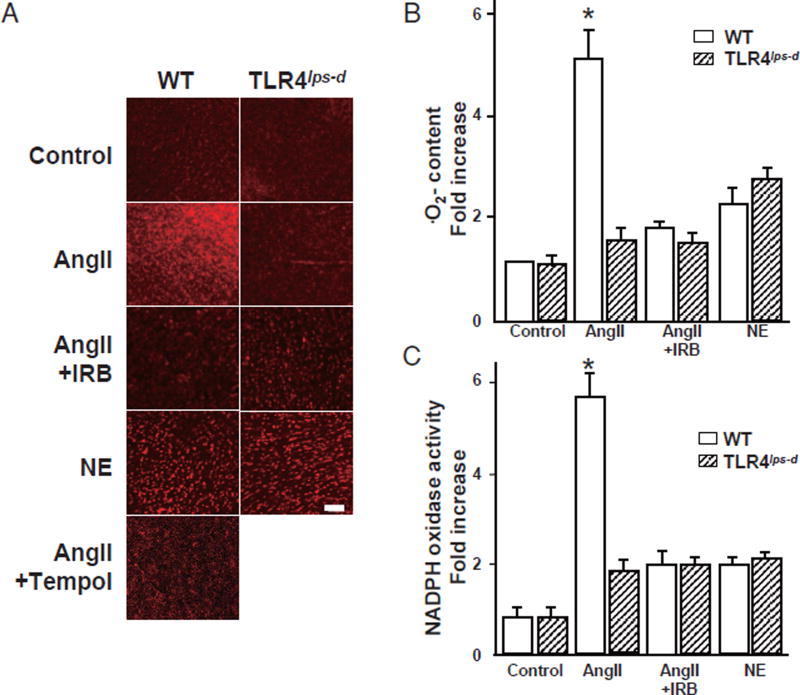Fig. 2. Reactive oxygen species content and NADPH activity in the heart.
WT, wild-type mice; T1r4lps-d, TLR4-deficient mice; AngII, angiotensin II; NE, norepinephrine; IRB, irbesartan.
A. Fluorescent photomicrographs showing the in situ detection of ·O2− in the heart labeled with oxidative dihydroethidium (DHE; red fluorescence). Bar, 100 µm. B. Quantitative analysis of the ·O2− content. Bar, SE. Experiments, n=3. *p<0.05 vs. the other groups. C. Quantitative analysis of the NADPH oxidase activity using a luminescence assay in the mouse hearts. Bar, SE. Experiments, n= 5. *p< 0.05 vs. the other groups.

